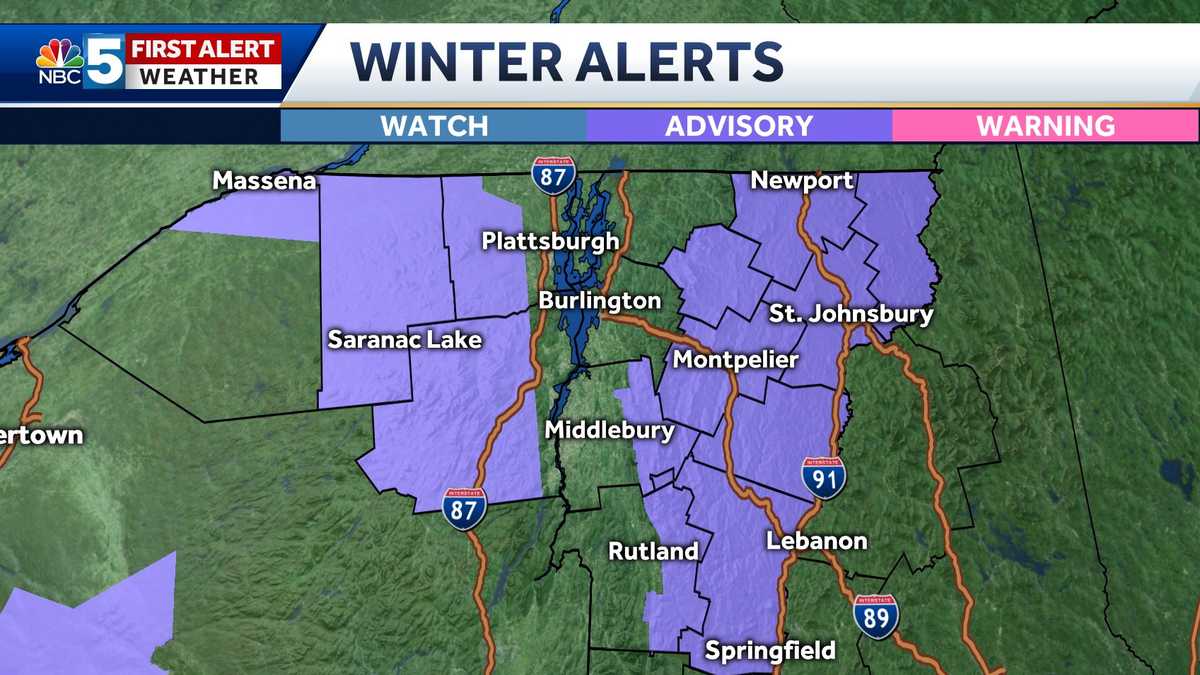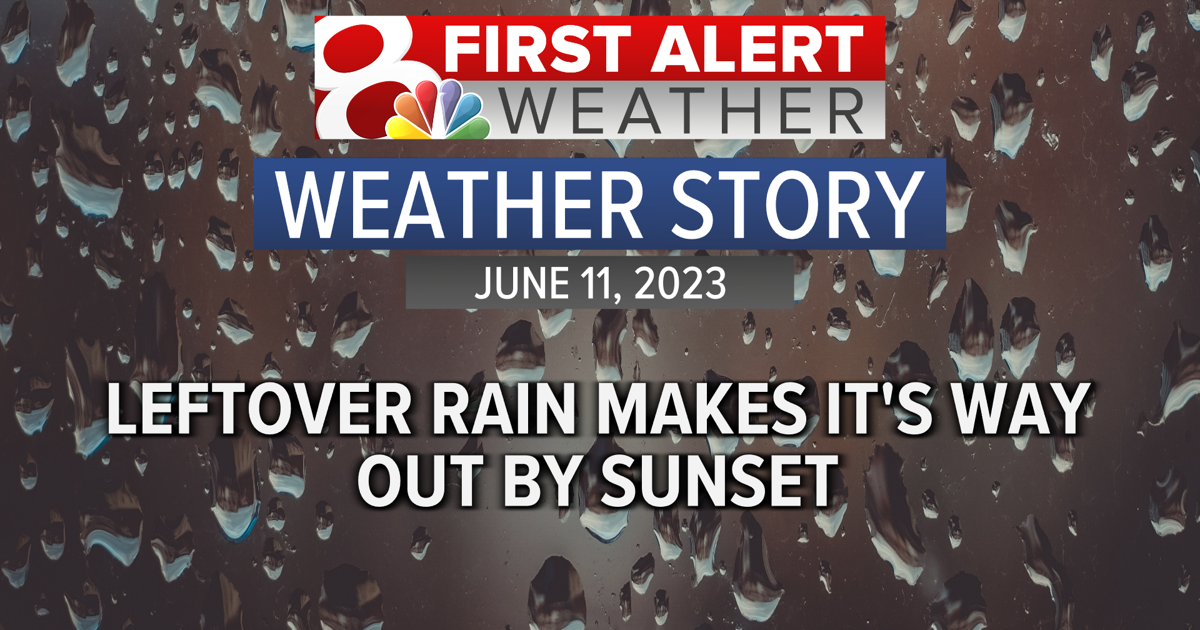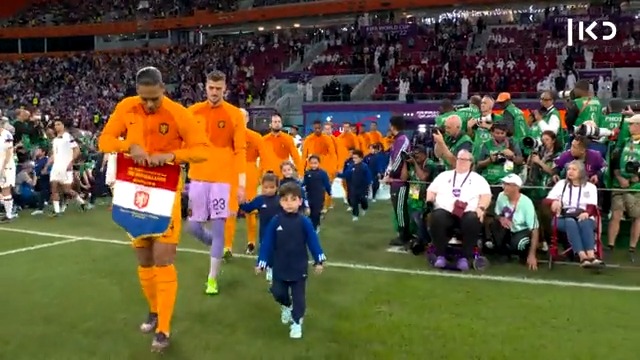How Winter Weather Advisories Impact School Schedules

Table of Contents
The Role of Winter Weather Advisories in School Closures
Winter weather advisories, warnings, and blizzard warnings all indicate different levels of severity and potential impact. These advisories play a significant role in school decision-making processes. School districts carefully consider the information provided by meteorological agencies to assess the risks associated with sending students and staff to school.
-
Severity of weather conditions: The amount of snowfall, ice accumulation, wind chill, and overall visibility are crucial factors. Heavier snowfall or significant ice accumulation often leads to school closures or delays. A blizzard warning, indicating severe blizzard conditions, almost always results in school closures.
-
Road conditions and safety concerns: School districts prioritize the safety of students and staff traveling to and from school. Icy or snow-covered roads pose significant safety risks for school buses and student drivers. Impassable roads often necessitate closures.
-
School district's established protocols and communication systems: Each school district has established protocols and procedures for handling winter weather events. These protocols may include specific thresholds for snow accumulation or ice formation that trigger school closures or delays.
-
Consideration of staff safety and ability to commute to work: School closures may also be necessary if a substantial portion of the teaching staff and support personnel are unable to safely commute to work due to severe weather conditions.
The timing of the advisory is also critical. An advisory issued early in the morning may allow sufficient time for schools to make informed decisions and communicate them to parents and students before the start of the school day. Conversely, a late advisory may leave schools with limited time to react, potentially necessitating a sudden closure or delay. The difference between a delay and a cancellation is usually determined by the predicted worsening of conditions; a delay postpones the start time, while a cancellation cancels classes entirely for the day.
Communication Strategies During Winter Weather Advisories
Effective communication is vital during winter weather advisories. Schools employ a variety of methods to reach parents and students promptly.
-
Email notifications: Many schools use email as a primary communication channel, sending out automated messages to parents and students registered in their systems.
-
Text message alerts: Text message alerts offer a quick and efficient way to reach parents and students, even those who may not regularly check email.
-
Automated phone calls: Automated phone call systems can reach a large number of parents and students simultaneously, ensuring widespread dissemination of information.
-
Social media updates (Facebook, Twitter): Social media platforms provide a readily accessible platform for disseminating updates, especially during widespread disruptions.
-
Local news partnerships: Many schools partner with local news stations to broadcast school closure information, providing multiple avenues for parents to receive critical updates.
-
School website updates: School websites typically feature a prominent section displaying any alerts regarding school closures or delays.
Reliable communication channels are essential. Parents should ensure their contact information is up-to-date with the school and utilize multiple methods to receive alerts. Widespread power outages can, however, significantly challenge communication efforts during severe winter storms.
Factors Beyond the Advisory: Other Considerations for School Decisions
While winter weather advisories are a key factor, several other considerations influence school closure decisions.
-
Accumulation of snow and ice on school grounds: Even if roads are passable, significant snow and ice accumulation on school grounds can pose safety hazards for students and staff.
-
Power outages affecting school facilities: Power outages can disrupt school operations, rendering facilities unusable or unsafe.
-
Staffing levels – teacher and support staff absences: If a substantial number of teachers or support staff cannot reach school due to the weather, it can lead to closure even if the weather advisory is not extremely severe.
-
Prioritization of student and staff safety: The paramount consideration for any school district is the safety and well-being of students and staff. This often outweighs other factors when making decisions about closures.
These factors can independently or collectively lead to school closures, even when the winter weather advisory is relatively mild. A combination of moderate snowfall, icy patches on school grounds, and a significant number of staff absences can easily justify a school closure.
Preparing for Winter Weather Advisories and School Closures:
Proactive preparation is crucial for managing potential school disruptions.
-
Having a backup childcare plan: Parents should have a backup childcare plan in place in case of unexpected school closures.
-
Ensuring access to reliable communication channels: Ensure that you have access to reliable email, text messaging, and other channels to receive school alerts.
-
Preparing emergency supplies (food, water, etc.): Having emergency supplies on hand is advisable for any unexpected weather event, including food, water, and any necessary medications.
-
Understanding the school district's communication protocols: Familiarize yourself with your school district's communication procedures for school closures and delays to receive timely information.
Conclusion
This article highlighted the significant impact of winter weather advisories on school schedules. Understanding the factors considered by school districts, from the severity of weather conditions to communication strategies, is essential for effective planning and preparedness. By staying informed through reliable communication channels and implementing proactive measures, parents and students can effectively navigate school disruptions caused by winter weather advisories. Remember to regularly check your school district's website and follow their social media accounts for timely updates on school closures or delays due to winter weather advisories and stay safe during severe weather events.

Featured Posts
-
 Seger Foer Jacob Friis I Malta Trots Tuff Match
May 20, 2025
Seger Foer Jacob Friis I Malta Trots Tuff Match
May 20, 2025 -
 Zuckerbergs Meta In The Age Of Trump Challenges And Opportunities
May 20, 2025
Zuckerbergs Meta In The Age Of Trump Challenges And Opportunities
May 20, 2025 -
 Understanding The Shift To Drier Weather Conditions
May 20, 2025
Understanding The Shift To Drier Weather Conditions
May 20, 2025 -
 Isabelle Nogueira Lanca Festival Da Cunha Uma Celebracao Da Cultura Amazonica Em Manaus
May 20, 2025
Isabelle Nogueira Lanca Festival Da Cunha Uma Celebracao Da Cultura Amazonica Em Manaus
May 20, 2025 -
 Viral Tik Tok Suki Waterhouses Twink Comment Sparks Laughter
May 20, 2025
Viral Tik Tok Suki Waterhouses Twink Comment Sparks Laughter
May 20, 2025
Latest Posts
-
 Inside Designer Athena Calderones Celebratory Roman Event
May 21, 2025
Inside Designer Athena Calderones Celebratory Roman Event
May 21, 2025 -
 Athena Calderones Milestone Birthday A Roman Extravaganza
May 21, 2025
Athena Calderones Milestone Birthday A Roman Extravaganza
May 21, 2025 -
 Rome Hosts Designer Athena Calderones Grand Milestone Party
May 21, 2025
Rome Hosts Designer Athena Calderones Grand Milestone Party
May 21, 2025 -
 1 3
May 21, 2025
1 3
May 21, 2025 -
 3 1
May 21, 2025
3 1
May 21, 2025
